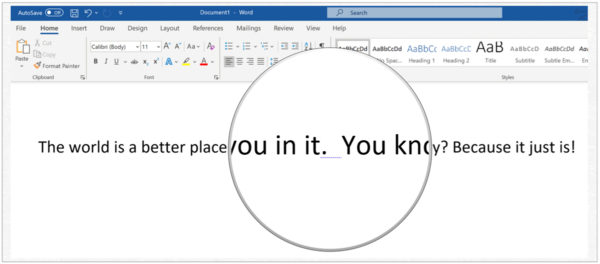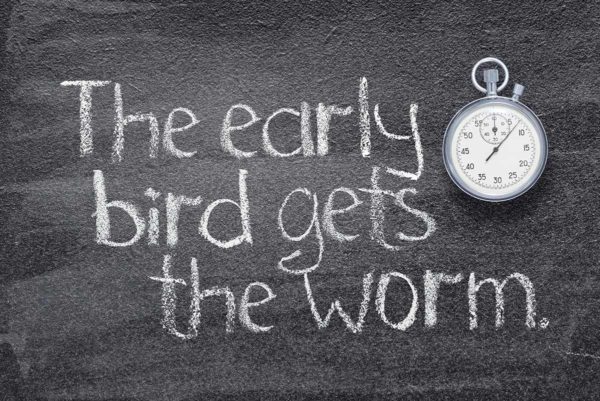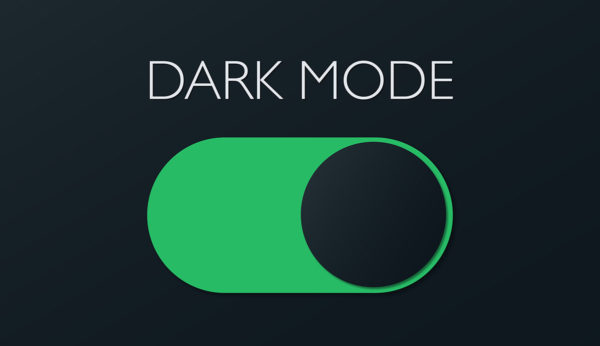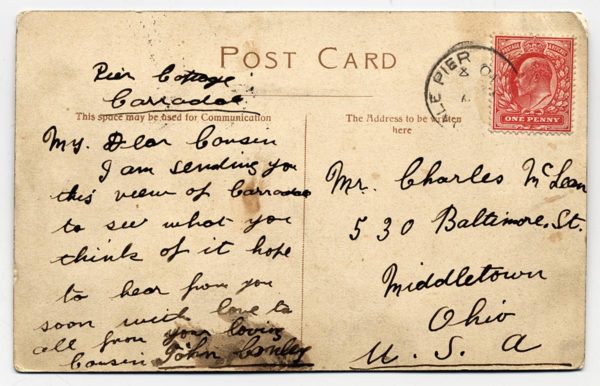Here’s a handy outline for how to handle a complaint in person or on the phone.
You’re welcome to modify the outline as needed for your organization – there isn’t any magic in any one particular step. But there is magic in the overall approach, which I’ll describe below.
This approach assumes that the person complaining is reacting to the content or strategy of your fundraising, as opposed to an error the organization made, like mailing a donor who has asked not to be mailed, or calling a donor by the wrong name, etc.
Here’s the outline:
- Thank the person for getting in touch.
- Ask them to tell you what’s bothering them.
- When they are finished, ask, “Is there anything else?”
- Thank them for reading and responding to your fundraising.
- Tell them that you appreciate them because most people a) don’t pay as close attention as they do, and b) don’t get in touch when they have a problem.
- Tell them that you’re sorry they don’t like the [INSERT REASON FOR COMPLAINT], but that your organization a) does this because it causes the most engagement with donors, which b) causes the most gifts to come in, so that c) your organization can help your beneficiaries or cause as much as possible.
- Tell them that your organization realizes that not every donor is going to like every piece of fundraising, that you wish that weren’t the case, but “the occasional staff or donor not liking the occasional piece of fundraising” is a small price to pay in order to help more beneficiaries.
- NOTE: you can even say, “I don’t really care for [INSERT REASON FOR COMPLAINT] either, but I know it works great and because of it we’re having more of an impact than ever.”
- Ask the person if they would like to be communicated with differently (e.g., “removed from appeal letters,” or “receive fewer communications”).
- Repeat their preferences back to them, and ensure your organization has a system in place to execute their preferences.
- Thank them again for getting in touch, and for giving you the chance to tell them why your organization does fundraising the way it does. Then tell them that you so appreciate the person getting in touch so you can communicate with them in the way they want to be communicated with.
The Big Idea
The “magic” of this approach is the belief (and attitude) that your organization has done nothing wrong.
Most organizations respond to complaints and complainers out of fear. The whole conversation with a complainer is filled with fear-based worries like, “Are we going to lose this donor?” and “So many other donors must feel this way.”
And after a conversation with a Complainer, there’s often an immediate push to change an organization’s fundraising approach – regardless of whether the approach is successfully raising money.
Don’t use that fear-based response. Instead, believe that your organization has done nothing wrong and confidently follow this outline.
Because complaints are going to happen to any organization that’s raising more and acquiring more individual donors. The trick is to learn to accept complaints as a “cost of doing business” instead of managing the organization to remain small enough so that you rarely get them.
Read the series:
- Getting Used to Complaints
- Outline for How to Respond to a Complaint (this post)
- Not All Complaints are Equal
- Natural, But Not Productive
- The Two Times Smaller Orgs Get More Complaints
- So. Many. Reasons. To. Complain.
- The Harmful Big Assumption
- Turning Complaints into Gifts
- “Friendly Fire” — Complaints from Internal Audiences
- Our Final Thoughts on Complaints










